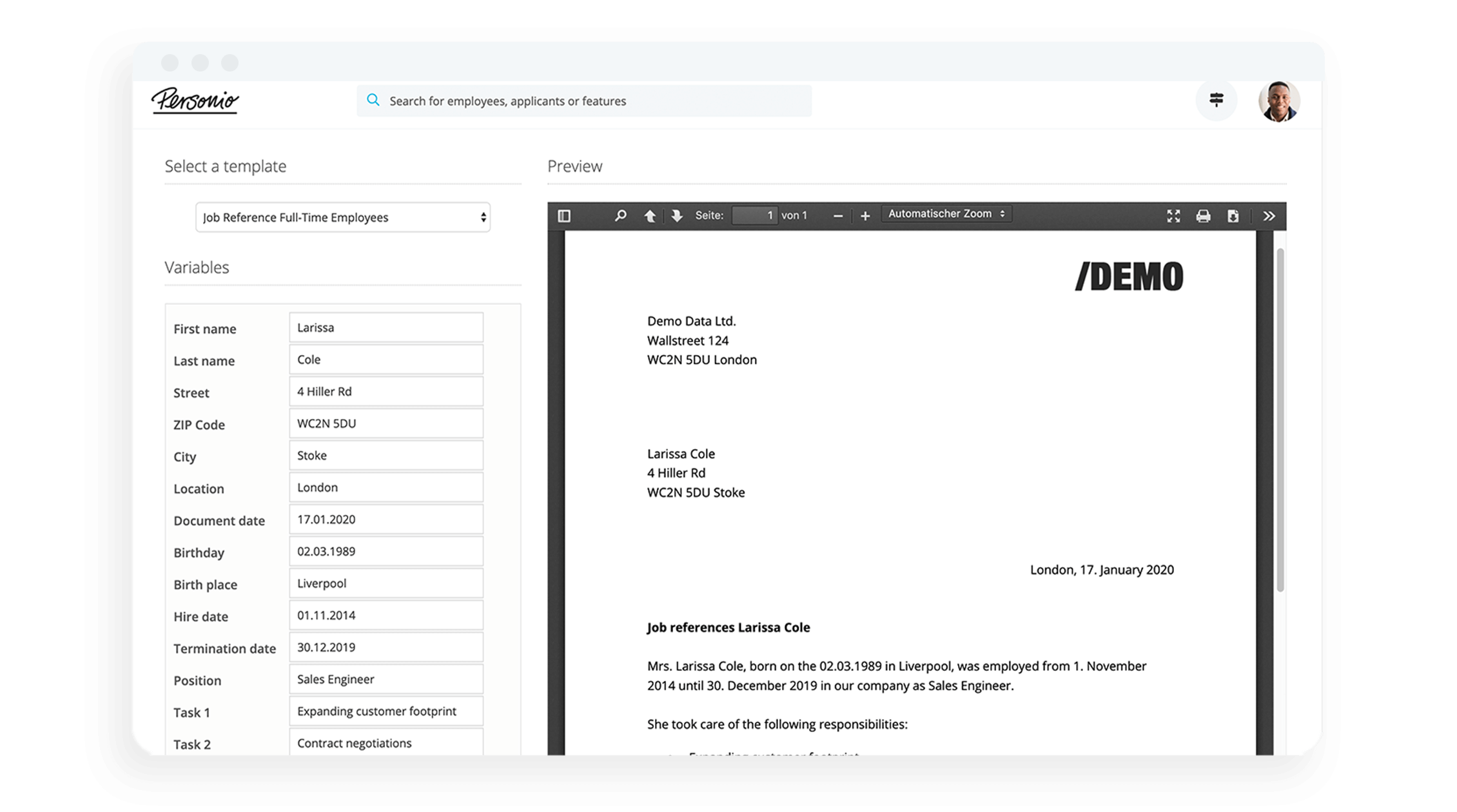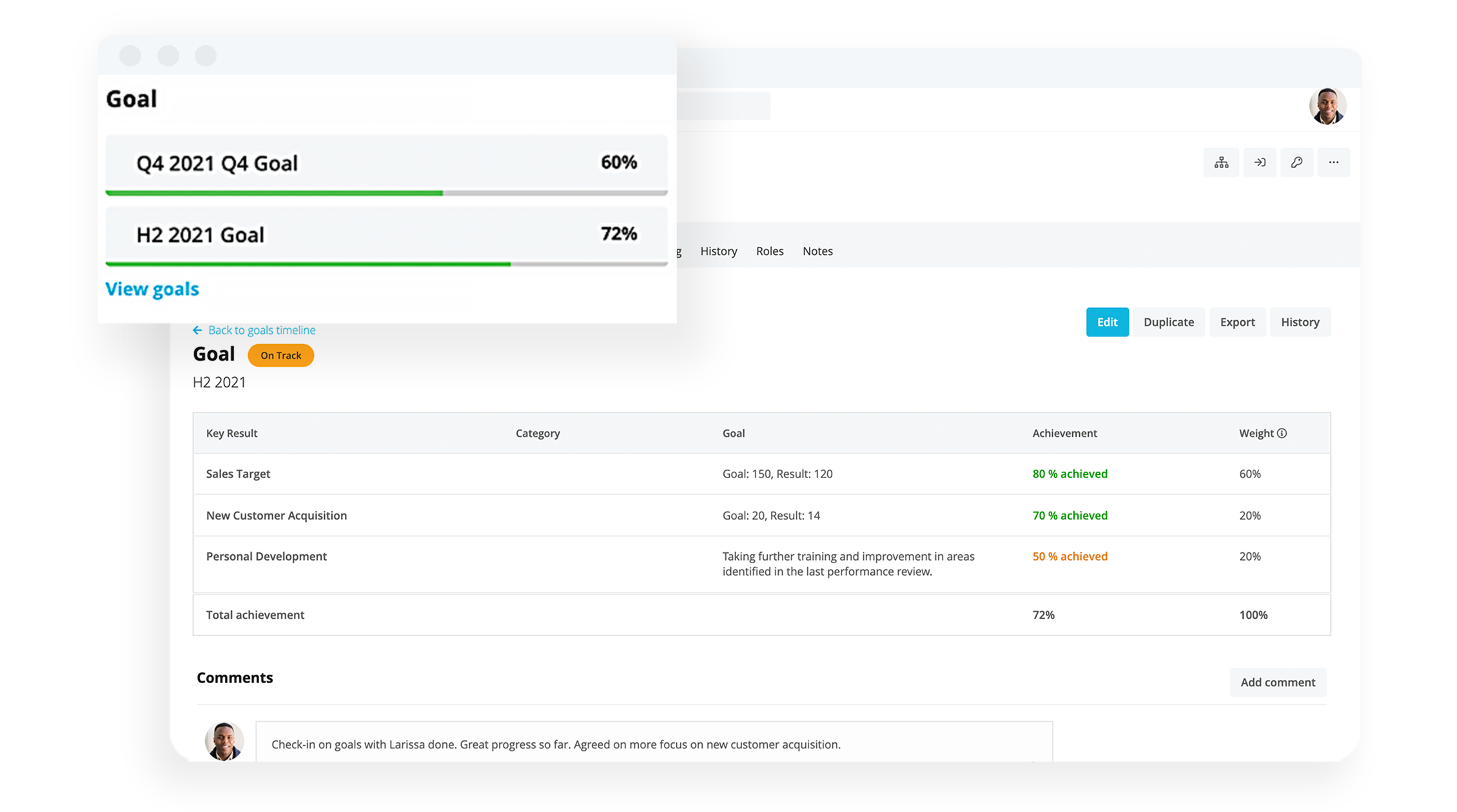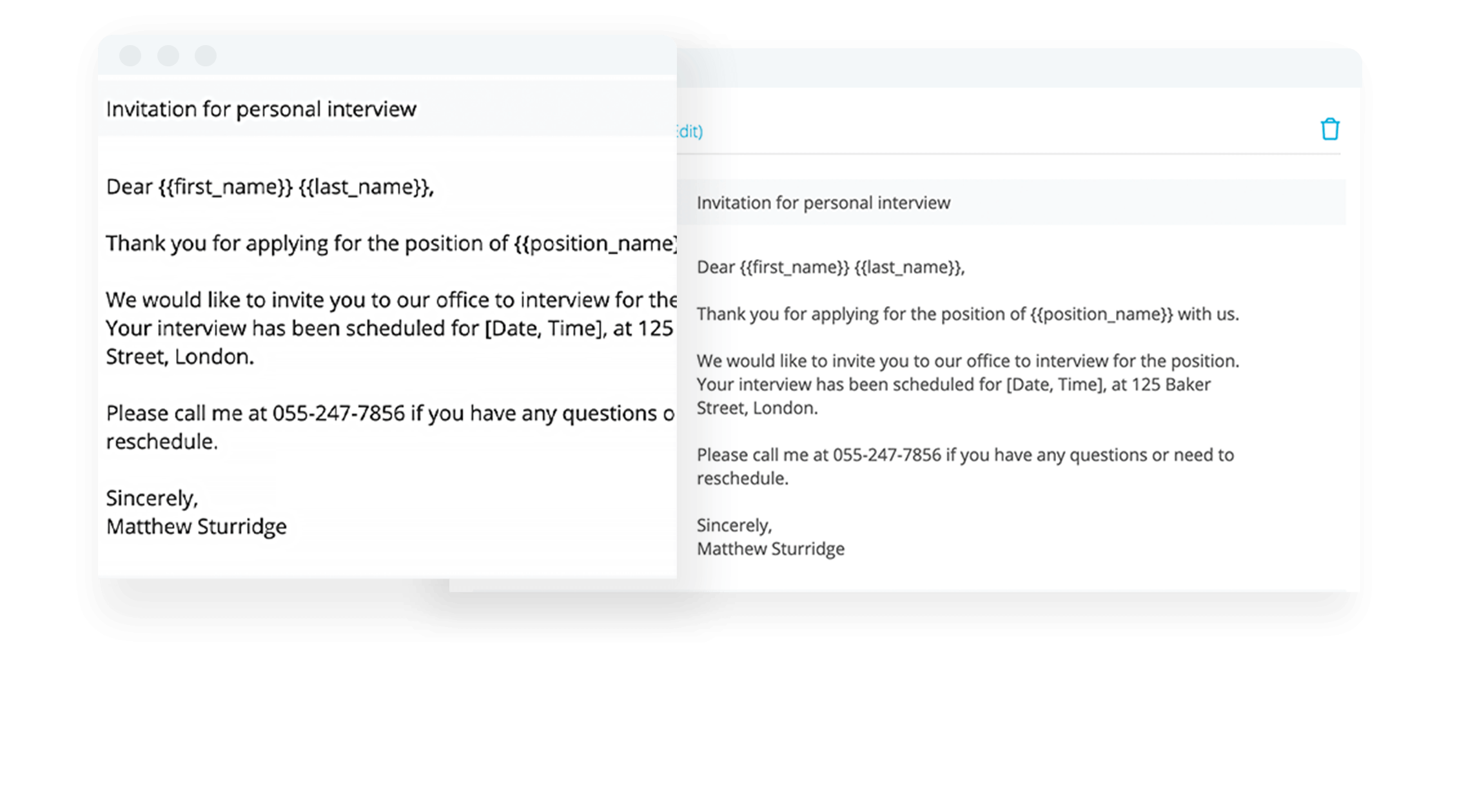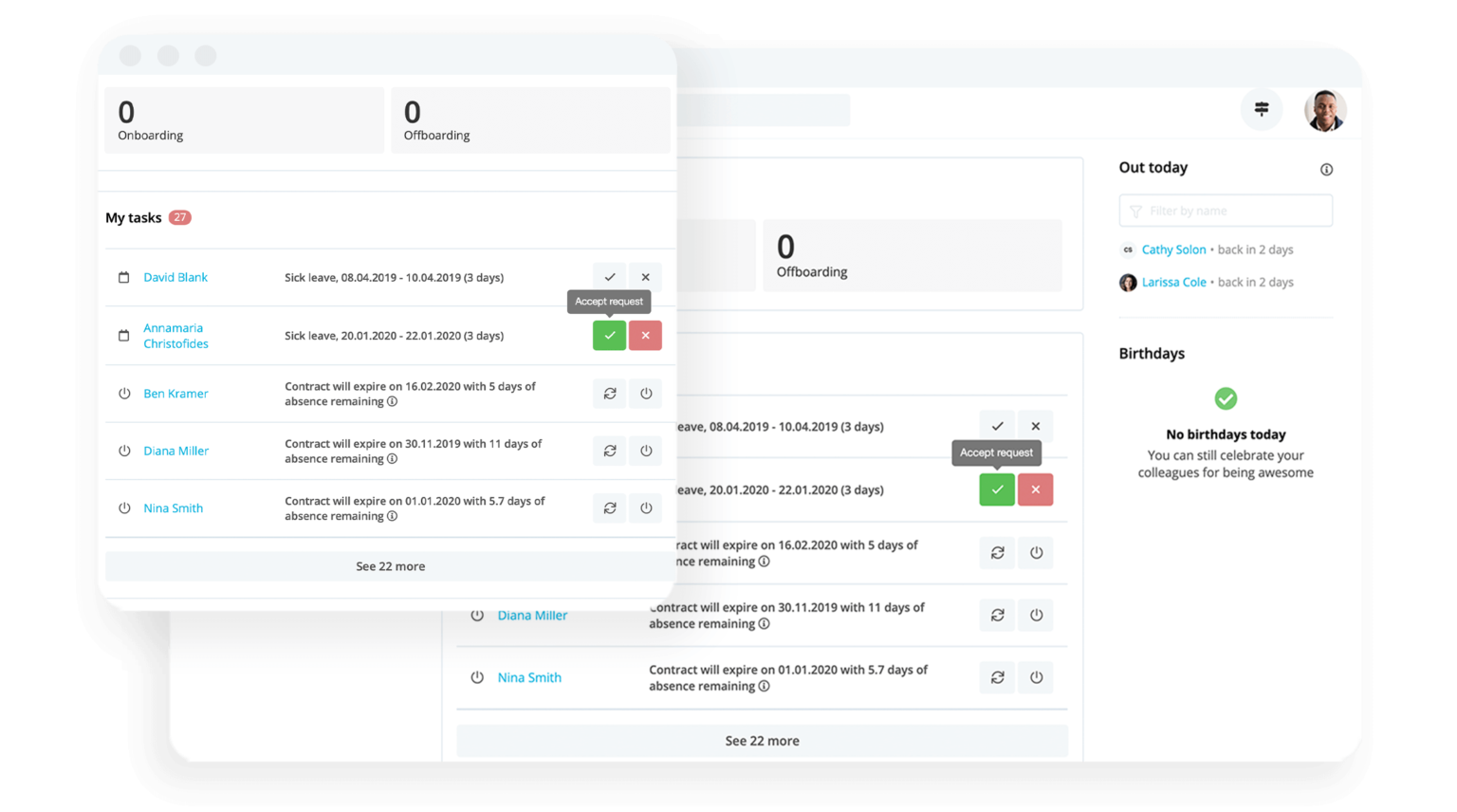Verbal Warning at Work: Procedure, Tips & Template

A verbal warning might sound like something casual in the workplace, but it really satisfies a strategic objective for both HR and managers alike. That's because, if left unaddressed, negative employee performance can quickly escalate.
This could then lead to additional stress, poor job performance, or a toxic work environment across the organization. So how do you issue a verbal warning in the workplace? Let us walk you through how it’s done.
Need to issue a written warning? Check out our template today.What is a Verbal Warning?
A verbal warning is a disciplinary measure where an employer speaks to an employee about an issue involving their behaviour, conduct, or job performance. It is usually the very first step of the disciplinary process.
While it may be the first step, it can still carry serious weight (even when compared to a more formal written warning). Usually, if things don’t improve, it can foreshadow measures like suspension or firing, too.
Why Issue A Verbal Warning?
While every company has its own procedures regarding when and why to issue a verbal warning, some common reasons include:
Job Performance Issues
Everyone has ups and downs in their work life, but if an employee is constantly struggling in one of the following areas, it may be time to issue a verbal warning:
The employee is consistently making mistakes in their work.
The employee is struggling to follow instructions from their peers or superiors.
The employee can’t handle their workload and is falling behind.
The employee is putting a low amount of effort into their work, with the quality of their work suffering because of it.
The employee doesn’t have the skills or training required to do their job well.
Best practice: At this point, it may make more sense to implement a performance improvement plan (PIP) process in your organisation.
Behavioural Issues
When an employee’s behaviour is causing issues in the workplace, it can have an even more damaging impact on the company than poor job performance. Common behavioural issues that lead to a verbal warning include:
The employee is constantly late for work or is regularly absent from work without cause (click here for our guide on absenteeism).
The employee isn’t following the company dress code, or their appearance isn’t appropriate for the workplace.
The employee is misusing company property, such as a computer, company credit card, or company vehicle.
The employee is harassing or bullying their coworkers.
The employee isn’t cooperating with their team or following the guidance of their manager/superior.
Verbal Warning Templates With Personio

Whether in the form of an email or simply to house policy, templates with Personio can ensure you have consistent policies across your organization. Click the button below to see it in action.
Managing Policies With PersonioVerbal vs Written Warnings
Before addressing employee misconduct, you have to determine whether the situation should be handled with a verbal or non-verbal warning. Verbal warnings are generally the first step in addressing and improving an employee’s behaviour or misconduct. Non-verbal warnings, AKA written warnings, are the next step taken to fix the situation.If this is the employee’s first warning, or if the reason for the warning is minor (as determined by the HR professional), a verbal warning will likely suffice. If the employee demonstrates a pattern of problematic behaviour, though, a written warning may be more appropriate.
Click here for our comprehensive guide to written warnings in the workplace.
Formal vs Informal Verbal Warnings
If you’ve decided a verbal warning is the best course of action, the next question to ask is whether the warning should be issued formally or informally.
An informal verbal warning is typically issued in a more casual one-to-one meeting. During this meeting, the supervisor and employee talk about the situation and what the employee needs to improve on. These tend to be quick conversations that address a minor issue and are considered off the record.
For example, if a manager noticed an employee — who’s usually very punctual — was half an hour late for work twice in one week, they might ask the employee to join them for a coffee and bring the subject up in a more relaxed way.
A formal verbal warning, on the other hand, is issued during an arranged disciplinary hearing between the supervisor or HR professional, the employee, and any other involved parties.
During this hearing, the supervisor or HR professional involved will present the evidence of the wrongdoing to the employee, discuss the issue, and as a result, deliver a verbal warning to the employee.
Go From Warnings To Hitting Goals

Enable your managers to help their employees grow with goals, targets, and keep track of everything through Personio’s Performance function. Click below to see it for yourself.
Higher Performance with PersonioThe Six-Step Verbal Warning Procedure
While giving an employee an informal verbal warning is fairly straightforward, issuing a formal verbal warning is much more involved, as a formal verbal warning can only be issued after a full disciplinary investigation and hearing.
Here’s what a standard verbal warning procedure includes:
1. Review The Policy
Before arranging the disciplinary hearing, review your company’s disciplinary policy and the employee’s contract. Confirm the company’s current policy on disciplinary action, and ensure the employee’s actions do indeed go against the company policy or their contract.
2. Get the Facts
Next, begin the investigation into the cause of the verbal warning. Gather any evidence related to the issue, which may include statements from other employees/leadership, interviewing those involved, and reviewing any recorded audio, video, or written evidence.
Remember: It’s important to protect the identities of anyone involved in the situation, especially at this stage of the process, to ensure evidence isn’t tampered with.
3. Notify the Employee
If the evidence shows there’s cause for a verbal warning, the employer must notify the employee that they’re moving forward with a disciplinary hearing by sending them a formal notice.
At a minimum, the notice should include the reason for the warning, the evidence, and the outcome if they’re found at fault.
Although the disciplinary hearing should be held as soon as possible to ensure a swift resolution, the employee involved should receive ample time to prepare and review the evidence beforehand; 48 hours is the recommended minimum.
4. Hold the Disciplinary Hearing
At the scheduled disciplinary hearing, the employer will explain the basis of the issue and provide evidence that supports the accusation. This shouldn’t be a one-way conversation, though. The employee should also have the opportunity to tell their side of the story, ask questions, and present their own evidence or witnesses.The employee also has the right to be accompanied by a fellow worker or trade union representative, but it must be requested and approved before the meeting. The approved companion can ask questions during the hearing or respond on behalf of the employee.
If new evidence or issues come up during the hearing, it may be adjourned until the next day to give both sides time to reconvene and investigate the matter further.
5. Develop a Plan of Action
Once all of the evidence has been presented and arguments have been made by both parties, the employer will decide on the next steps and appropriate disciplinary action.
The employee’s record, their position at the company, and the issue itself will all play a role in determining the outcome:
If there’s no proof of wrongdoing and no cause for a verbal warning, then no further action needs to be taken.
If there’s proof of wrongdoing or misconduct, the employee will receive a formal verbal warning, which is then issued and added to the employee’s file.
If the employer decides a verbal warning isn’t enough, further disciplinary action such as a written warning, suspension, or termination may be taken.
Extra training, coaching, or support for the employee may also be included in the final decision.
This could include practical hands-on coaching that helps the employee improve their job performance or mandatory training around workplace safety or harassment.
6. Put it in Writing
"If a verbal warning is written down, does that make it a written warning?” Not exactly. Documenting a verbal warning is simply a way for the employer to have written proof of the verbal warning.
Any verbal warning template should include:
The basis of the warning
The outcome of the hearing
The disciplinary action being taken (if any)
The impact on the employee
What the employee needs to improve and by when
The amount of time the verbal warning will be in effect
The employee’s right to appeal and the process to do so
The verbal warning document must be signed by the employee and the HR representative involved. It should also be completed as quickly as possible after the disciplinary meeting, even if no further action is taken.
How Long Does a Verbal Warning Last?
This depends on the employer and their policy. Typically, a verbal warning will be in effect for three to six months, though the verbal warning letter may permanently stay on their employee record.
Click here to learn more about digital employee files with Personio.
Once you’ve reached the end of the designated time period, meet with the employee to answer any of their questions, confirm the next steps of the process (if any), and discuss how the employee has improved or failed to improve over the months prior.
Free Download: Target Agreement Template

Help your employees hit their goals by agreeing on targets that make sense for all involved. Download our free target agreement template today to get started, and to help your employees go above (and beyond) their goals.
Download The Template TodayWhat Happens After a Verbal Warning is Issued?
If the employee’s behaviour or work doesn’t improve after receiving a verbal warning, it’s time to escalate the situation. The next step is to issue a written warning, and if all else fails, suspending the employee or letting them go.
How to Streamline Your Employee Feedback
Taking disciplinary action against an employee is never an easy task. But by having a clear procedure in place, you can remove some of the unnecessary stress from the situation, streamline the process, and help guide everyone towards a positive outcome.
By combining your verbal warning procedure with a modern Performance Management Software or Employee Feedback Software, you can create a seamless process that helps your team become better, together.


